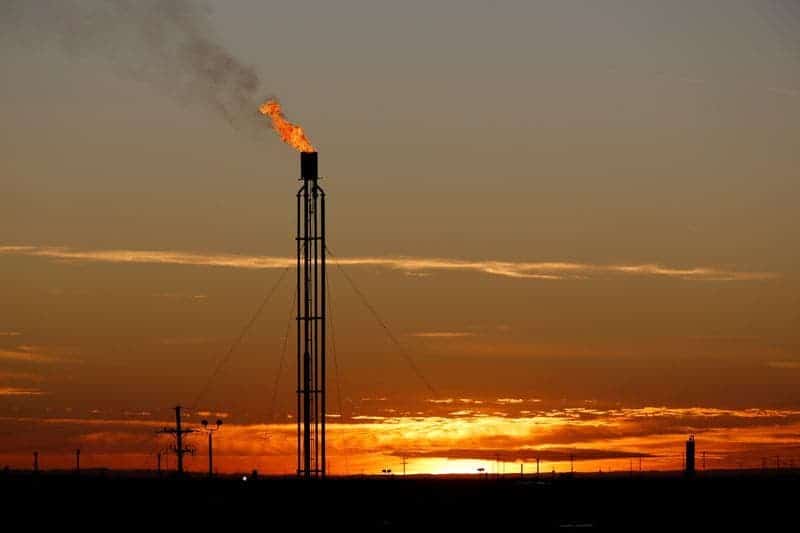Global emissions of methane, a powerful greenhouse gas, have reached the highest level on record. The main causes are the usual culprits: fossil fuels, livestock, and landfills.

Much of the methane produced today is released into the atmosphere when fossil fuels are mined and transported. However, but microbes also emit methane in low-oxygen environments. That’s why places with little or no oxygen such as wetlands, rice paddies, landfills, and the stomach of a cow are also sources of methane. Although methane isn’t as long-lived as carbon dioxide, it is far more potent, which makes it an important contributor to global heating.
If current trends continue, we could witness catastrophic heating in less than a century. The increase in the levels of methane, combined with other greenhouse gases such as carbon dioxide, is expected to lead to global warming of three to four degrees Celsius by 2100, the researchers suggested. This would trigger severe natural disasters such as droughts and heatwaves, affecting all the ecosystems on the Earth.
“This completely overshoots our budget to stay below 1.5 to 2 degrees of warming,” Benjamin Poulter, a research scientist at NASA’s Goddard Space Flight Center and one of the authors of the papers, told NBC, referring to the Paris Agreement, through which countries committed in 2015 to keep global heating within 1.5 or 2 degrees.
The findings were included in two papers published by researchers with the Global Carbon Project. They analyzed methane emissions from 2000 to 2017, the latest year with complete global data available, and found a record of 6000 million tons of methane released into the atmosphere in 2017. Emissions have risen by 9% since 2000.
To put it in simpler terms, this is equivalent to placing 350 million more cars on the world’s roads or doubling the total emissions of Germany or France. For Rob Jackson, one of the authors of the studies, the world “hasn’t turned the corner” on methane, and prospects are dire.
The main drivers
Throughout the study period, agriculture represented almost two-thirds of the methane emissions related to human activities — most of that coming from animal agriculture. Meanwhile, fossil fuels contributed to most of the remaining third. In 2017, methane emissions from agriculture rose 11% from the 2000-2006 average. Methane from fossil fuels also increased by 15% in the same period.
Africa, the Middle East, China, South Asia and Oceania saw the largest increase in methane emissions, according to the findings. In each of these regions’ emissions rose from 10 to 15 million tons per year during the study period. The US followed them closely, with an increase of 4.5 million tons in its emissions, mainly due to natural gas.
“Natural gas use is rising quickly here in the U.S. and globally. It’s offsetting coal in the electricity sector and reducing carbon dioxide emissions, but increasing methane emissions in that sector,” said Jackson. “We are emitting more methane from oil and gas well and leaky pipelines.”
Europe was the single region in which methane emissions have declined over the last two decades, mainly thanks to lower emissions from chemical manufacturing and growing efficiency from food production. Marielle Saunois of the Université de Versailles Saint-Quentin, authors of one of the papers, also highlighted the change in diets, with fewer people eating beef in Europe.
Addressing this problem won’t be easy, researchers warn. Reducing methane emissions will require cutting fossil fuel use and controlling fugitive emissions such as leaks from pipelines and wells, the researchers argued. At the same time, we will need to implement changes in the way we feed cattle, grow rice, and eat. The world has to eat less beef, replacing it with other products, Jackson argued.
The good news is that each one of us can do something about it, by being more mindful of what we eat and how much fuel we use — and we’d be wise to do so.
A report released in 2018 by the Intergovernmental Panel on Climate Change (IPCC), a global group of climate researchers, found that the planet has already warmed by 1 degree Celsius since the 19th century.
The studies were published in the journal Environmental Research Letters.


